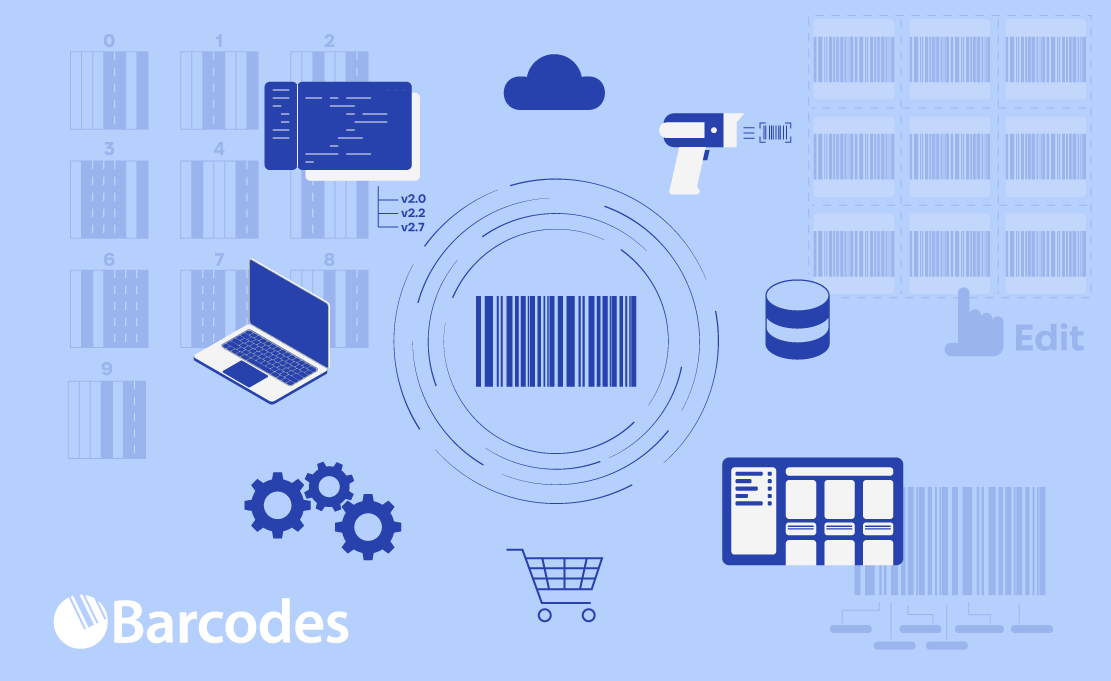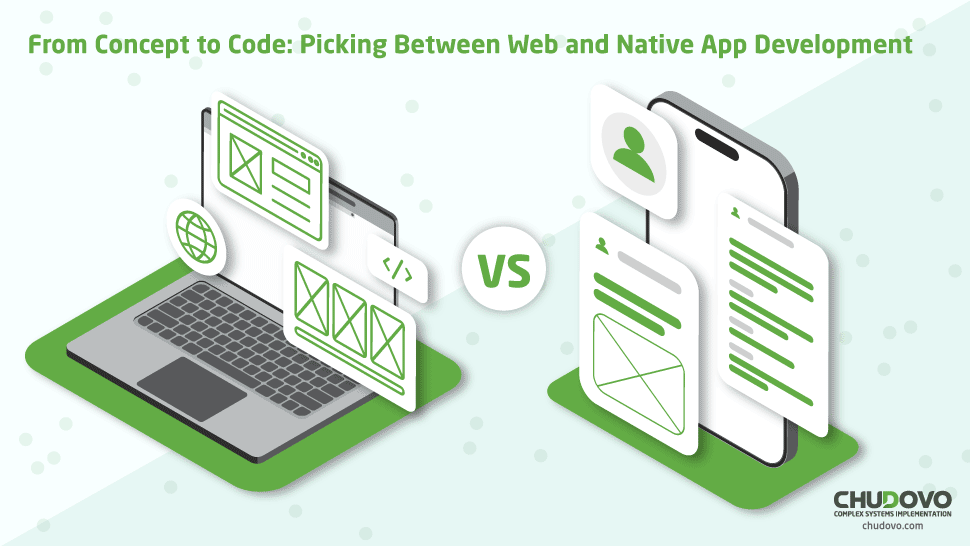Unlocking Better UX: How Nielsen’s 10 Heuristics Drive Intuitive Digital Products
In the modern era, the way websites are created and orchestrated is heavily pre-organized and is the result of a very well-thought-out process. There’s even a whole area dedicated to studying the creation of user interfaces and how to achieve a user experience as optimized as possible (hence the name UI/UX). So, because of this, to have good usability for your system isn’t even a competitive differential anymore: it’s a basic step in web development.
So, because of this, designers have researched extensively the techniques to better reach such results, understanding the general concepts of what a good interface is. And, in this context, Jakob Nielsen, cofounder of the worldwide renowned company Nielsen Norman Group, created in 1990 the famous ten usability heuristics. They are, then, a set of short rules to help evaluate, diagnose, and improve the interactivity between users and systems, providing for a trustworthy framework to guide your ideation of the front-end part of the app.
Nowadays, a website, to be considered good, is expected to apply such precepts in its ideation. If your website isn’t easy and intuitive to use, then your client will go away — it’s as simple as that. So now, let’s dive a little further into what Nielsen’s 10 usability heuristics are and how to use this knowledge to improve your website and make it customer-friendly, giving you and your company better results and profits.
What are Usability Heuristics?
A heuristic is a practical rule, hence not as rigid and solid as laws or such. They can be applied to specific situations, serving as guides, but also should be adapted to whether they fit the situation or not. And Nielsen’s heuristics help diagnose and evaluate usability problems in a simple and fast way, helping establish the decision of next steps to be taken and know what to improve in the design and usability.
Hence, the usage and knowledge of these heuristics help bring a big value to your business, creating more efficient digital experiences, reducing friction, and raising conversion. It’s a huge asset to have in your pocket, as it will help bring your customers closer to you, making sure their experience is as pleasing as possible and removing any obstacles for them. It is especially useful if your company uses a website that depends on the time the user spends on your website, such as e-commerce and social networks.
So, without further ado, let’s dive a little further into what exactly the proposed heuristics are and how they factually apply to a project!
Nielsen’s 10 Usability Heuristics
- Visibility of System Status: The system must keep the user informed on what’s going on, through feedback well-designed and in a reasonable timespan.
Example: A loading bar when submitting a form or a progress indicator during a sale.
Impact: Reduces user anxiety, raising trust and avoiding churn rates. - Match Between System and the Real World: A well-developed system must use language and wording that connects to the users, not technical terms or complicated words, such as ubiquitous IT languages.
Example: The “recycle bin” to delete files or the shopping cart in e-commerce instead of complex texts.
Impact: Improves understanding and navigation, reducing the learning curve and raising satisfaction. - User Control and Freedom: Users must have clear options to undo or redo actions, most of all after mistakes or errors during task execution, content management, etc.
Example: “Cancel” button during checkout or “Undo” button after deleting an item.
Impact: Raises the feeling of safety and control, reducing frustration. - Consistency and Standards: Keep visual and functional patterns consisting through the whole application and follow conventions which the user might easily recognize.
Example: External links always underlined and blue; “hamburger” icons for mobile menus.
Impact: Reduces learning curve, improves confidence, and avoids confusion. - Error Prevention: Even better than having a good error message is having a design that prevents errors before they even happen.
Example: Real-time validation in form fields, such as invalid e-mails.
Impact: Reduces failures, improves the sensation of flow in the experience, and saves support time as well. - Recognition Rather Than Recall: The user should not need to remember information. Visible options should always be visible and available.
Example: navigation menu fixed to the top of the website, or automatic search suggestions.
Impact: Makes navigation faster, reduces cognitive effort, and avoids mistakes. - Flexibility and Efficiency of Use: Both advanced and beginner users must be capable to understand and use your system, offer shortcuts and personalization.
Example: Shortcut keys in web systems or automatic suggestions based on the history of usage of the user.
Impact: Raises efficiency for frequent users, without making accessibility worthwhile for beginners. - Aesthetic and Minimalist Design: Interfaces must be simple, without too much noise of irrelevant elements that might confuse or overload the user.
Example: Sites with a clean design, focused on the main content.
Impact: Makes reading easier, improving comprehension and raising conversion rates. - Help Users Recognize, Diagnose, and Recover from Errors: Error messages must be clear, indicate the problem, and suggest a solution.
Example: “Invalid password. Try again or click ‘Forgot password’.”
Impact: Reduces frustration, makes problem-solving faster, and overhauls the overall experience. - Help and Documentation: Even if the system is intuitive and easy to use, there must always be documentation at hand, and it must be well-written and simple.
Example: FAQ sections, tooltips when hover the mouse over fields, or support chatbots.
Impact: Raises user autonomy, reduces dependency on support, and raises platform trustworthiness.
How the Usage of Them Leads to a Better Website
With the usage of these good practices and founding principles, your website will be much more appealing to your user base, becoming easier to use and maintain. It will lead to a reduction of errors and mistakes, plummeting churn and abandonment rates. That’s because your users will empathize way more with your app, feeling as if they were “at home”, enjoying the usage experience.
That’s because your interface will be clear and intuitive, pleasant and quick to use, and that leads to better conversion and user retention. The sum of it all might even improve your Search Engine Optimization – some important KPIs will be improved, such as bounce rate, accessibility, mobile usability, reduction of technical errors, etc. Hence, your website will be more seen and spread throughout the internet.
The final result of all of this is that your support will have fewer troubles to fix, as the user will understand the problems, know how to fix them, and not be distressed by them. It will save your team time to work on harder, more delicate tasks, while still raising the perceived value of your digital asset and applications. It’s a clear win/win situation, as there are only advantages in applying the heuristics to your project.
Conclusion
Hence, these heuristics are powerful tools, but they demand a technical and strategic outlook to determine if they’re correctly applied or even if they should be applied. For instance, the 7th heuristic, “Flexibility and Efficiency of Use”, is very rarely fully applied. Think about when was the last time you saw keyboard shortcuts for a website – and, most probably, if you could remember one, it was a tech-related application.
And, in this matter, Chudovo stands out as a consultancy specialized in the usage of the best design principles to lead your application to success. We can develop mobile, native, and web applications with the most modern stacks and following the best design industry patterns to guarantee your application will appeal to your user base. We have already delivered more than 160 implemented projects in our 20 years of experience in the market, with a history of satisfaction to back our ideas. If you want to understand a little further how our projects work and how we can lead your projects to the next level, you can contact us by clicking here and schedule a meeting with us.





